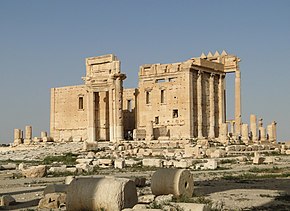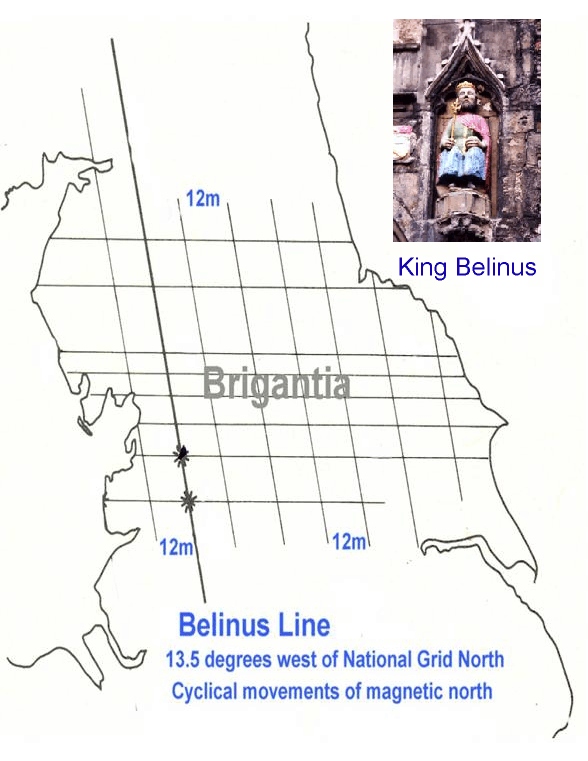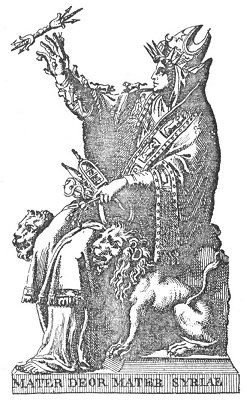TisILeclerc wrote:Here's a statue from South Shields of the wife of Barates in South Shields second century AD.
Al Beeb adds its usual tones of multiculturalism, but some useful information as well.
This tombstone is evidence for immigration and the mixing of cultures 1800 years ago. It was set up outside the Roman fort at South Shields in north-east England and records a British woman called Regina, who originally came from south-east England, and a man called Barates, who came from Palmyra in Syria. Regina was a slave, but Barates freed her and married her, and when she died aged 30, had this expensive tombstone made for her. It is Roman in style and has a Latin inscription, but also, uniquely in Britain, a second inscription in his own language, Aramaic, reading 'Regina, freedwoman of Barates, alas'.
http://www.bbc.co.uk/ahistoryoftheworld ... fhl_sSpGWw
The movement of Roman Auxiliary military units from Syria could, one supposes, be called a form of immigration. Anyway, Palmyra in Syria is significant, because that's an ancient and important trade-route town.
Also the home of the fabled Ancient Temple of Bel.
Which managed to survive fairly intact for 2,000 years ...

... before being blown up by the Daish






